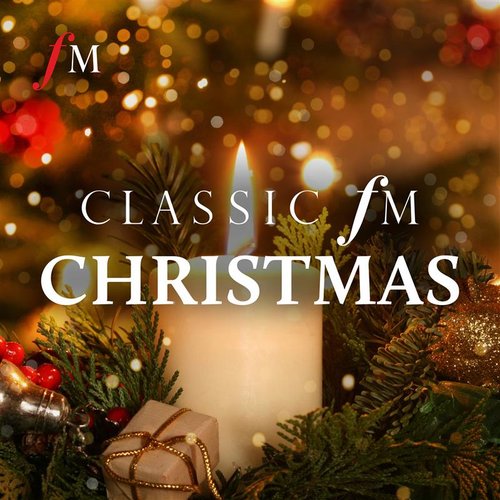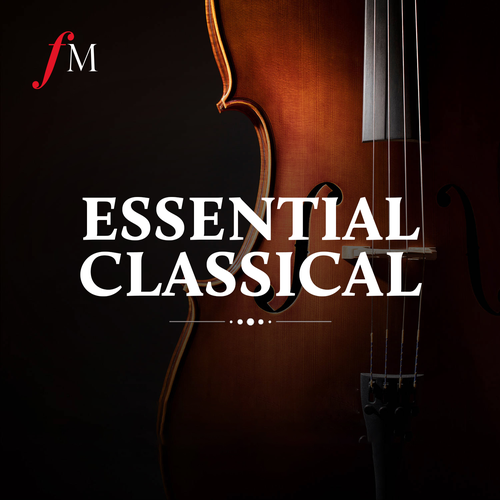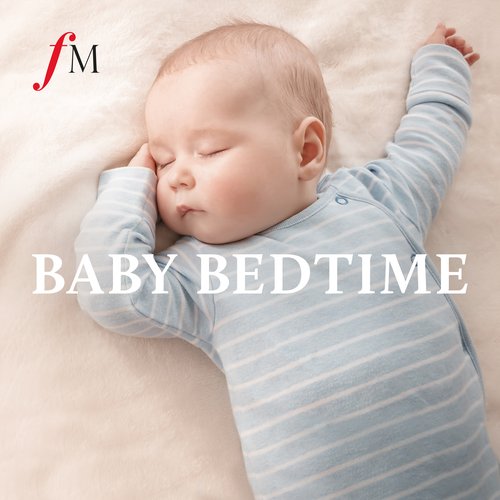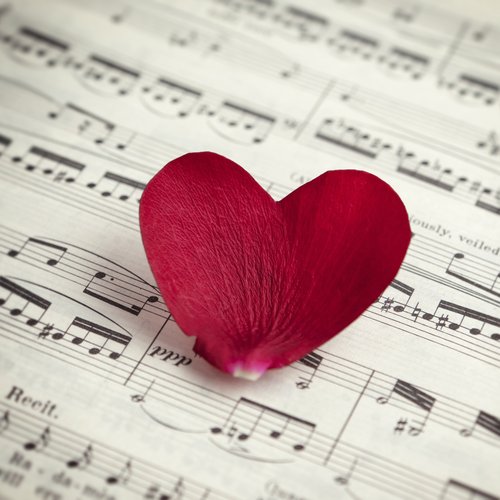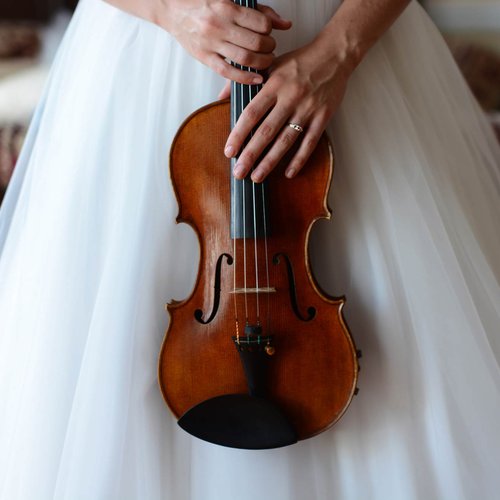13 pieces of classical music inspired by birdsong
23 August 2021, 13:11 | Updated: 23 August 2021, 13:16

From Vivaldi’s chirpy chorus of spring birds in The Four Seasons, to Messiaen’s painstaking transcriptions of intricate blackbird cries, we explore the best music capturing the songs of our feathered friends.
Birds of all shapes and sizes bring music to the countryside with their sweet song.
It’s always a delight to hear feathered friends the world over chirp, tweet, twitter and warble in songs as musical and affecting as any written by great classical composers and, accordingly, many composers have turned their pen to capturing the sweet sounds of these birds.
From Renaissance and Baroque composers, to living artists incorporating electronics, we explore some of the best classical pieces of music inspired by bird calls.
Read more: 7 pieces of classical music inspired by walking
-
Clément Janequin: Le Chant des Oiseaux
Composers have been interpreting birdsong for as long as they have been writing music, and back in the Renaissance era, French composer Janequin celebrated the songs of the blackbird, nightingale and cuckoo in his piece, ‘Le Chant des Oiseaux’ (‘Birdsong’). ‘On this first day of May, the birds will make you marvel…’ Janequin’s first stanza promises, and his song delivers.

musica intima: Le chant des oyseaux (Clement Janequin)
-
Antonio Vivaldi: The Four Seasons
The first concerto in Vivaldi’s enduringly popular Four Seasons violin concertos, Spring, opens with a bright and beautiful cacophony of bird song. Trills in the violin parts echo those from the beaks of song birds, and light, scalic passages evoke their flits and flutters.

Antonio Vivaldi - The Four Seasons - Julia Fischer - Director's cut (Full HD 1080p)
-
Ludwig van Beethoven: Symphony No. 6 ‘Pastoral’
In his countryside-inspired Sixth Symphony, Beethoven transcribes accurately the cries of the nightingale, quail and cuckoo in a striking woodwind cadenza, in the second movement of the piece. A trill in the flute part depicts the nightingale, while the oboe is a spikey quail, and the clarinets play a steadfast cuckoo.

Beethoven's Symphony No. 6 "Pastoral", 2nd movement | conducted by Paavo Järvi
-
Frederick Delius: On Hearing the First Cuckoo in Spring
The cuckoo in Delius’ 1912 orchestral piece is performed by the clarinet like Beethoven’s bird. The tone poem features a melody based on a Norwegian folksong, ‘In Ola Valley’ and is lusciously scored in the pastoral orchestral tradition.

Delius - 'On Hearing the First Cuckoo in Spring' - OCC
-
Ottorino Respighi: The Birds
Early 20th-century Italian composer Respighi dedicated four movements of this orchestral work to a different bird each, with an introductory ‘prelude’ movement kicking things off. The calls made by a dove, hen, nightingale and cuckoo are accurately transcribed in the music, alongside sounds of fluttering and scratching made by the birds going about their business.

Respighi: Gli uccelli, suite per piccola orchestra / Pohunek · Academic Chamber Soloists Prague
-
Edward Elgar: Owls
Elgar’s ‘Owls’ is a four-part choral song and is strikingly dissonant and sparse when contextualised against the English composer’s other works. Elgar himself described the gloomy song, which is dubbed an ‘epitaph’ as “only a fantasy [that] means nothing”.
“It is in a wood at night evidently and the recurring ‘Nothing’ is only an owlish sound,” Elgar said.

Exploring Elgar's 'Owls: An Epitaph'
-
Maurice Ravel: Daphnis and Chloé (Sunrise)
Few pieces of music evoke morning more perfectly than the daybreak movement from French impressionist composer Ravel’s ballet, Daphnis and Chloé. And no sublime morning is complete without birdsong. Ravel’s music gives us birds trilling and carolling in the treetops, providing fresh breezes and bursts of sunlight in a moment of pure orchestral ecstasy.

Ravel: Daphnis et Chloé - Radio Filharmonisch Orkest and Groot Omroepkoor - Live concert HD
-
Camille Saint-Saëns: Carnival of the Animals
Saint-Saëns’ playful Carnival of the Animals features eight named species and implies infinite others in its fourteen movements – among them, many birds. There is the elegant swan, a cuckoo in the depths of the woods, playful collections of feathered friends in an aviary (‘Volière’), and hens and roosters. In terms of birdsong in the music, a highlight is the flute’s virtuosic depiction of bird chatter in the ‘Aviary’ movement.

Saint-Saëns - Le carnaval des animaux (The Carnival of the Animals) (1886)
-
Olivier Messiaen: Le Merle Noir
Sticking with the flute, and French great Messiaen lent the instrument to his painstaking transcription of a blackbird’s intricate song in his 1952 piece of the same name. Le Merle Noir in French, it’s literal, dramatic and, as unpredictable as the flitting, untamed bird itself.

Le Merle Noir - Olivier Messiaen (1952)
-
Prokofiev: Peter and the Wolf
Peter and the Wolf is a ‘symphonic fairy tale for children’, composed in 1936. Prokofiev stipulated that ‘each character of this tale is represented by a corresponding instrument in the orchestra’ and the flute is a flitting bird whilst the oboe plays the duck. The instruments have recurring tunes that bring their appointed creatures colourfully to life during pivotal moments in the plot.

Prokofiev’s Peter & The Wolf with Alexander Armstrong and the London Mozart Players
-
Einojuhani Rautavaara: Cantus Arcticus
Finnish composer Rautavaara’s 1977 orchestral piece, Cantus Arcticus is subtitled ‘Concerto for Birds and Orchestra’ and incorporates tape recordings of birdsong captured near the Arctic Circle. There are larks, migrating swans and other birds preserved in the captivating and deeply moving music.

Rautavaara : Cantus Arcticus (Orchestre philharmonique de Radio France / Mikko Franck)
-
Sally Beamish: Four Songs from Hafez
British composer and violist Sally Beamish composed this collection of songs for high voice and harp. The 2007 sing cycle contains “settings of the 14th-century Persian Sufi poet, each using a bird or animal to describe separation from, and longing for, the Beloved,” Beamish explains, and the nightingale, peacock and rare hoopoe each take centre stage.

4 Songs from Hafez (Arr. for Baritone & Piano) : No. 1, Nightingale
-
Chris Hughes: Slow Motion Blackbird
Contemporary composer Chris Hughes took a very simple idea for his birdsong-inspired piece: record the call of a blackbird, have a cellist interpret that call – providing music that’s roughly in unison with it, but with improvisation allowed – keep repeating it, and gradually slow it all down until new aspects of melody and interesting phrases can be picked out of the original blackbird’s song. The overall effect is mesmerising, addictive, and deeply hypnotic.
The technique is inspired by experimentalist composer Steve Reich’s instruction to “slow down a recorded sound to many times its original length without changing its pitch.”

Slow Motion Black Birds













